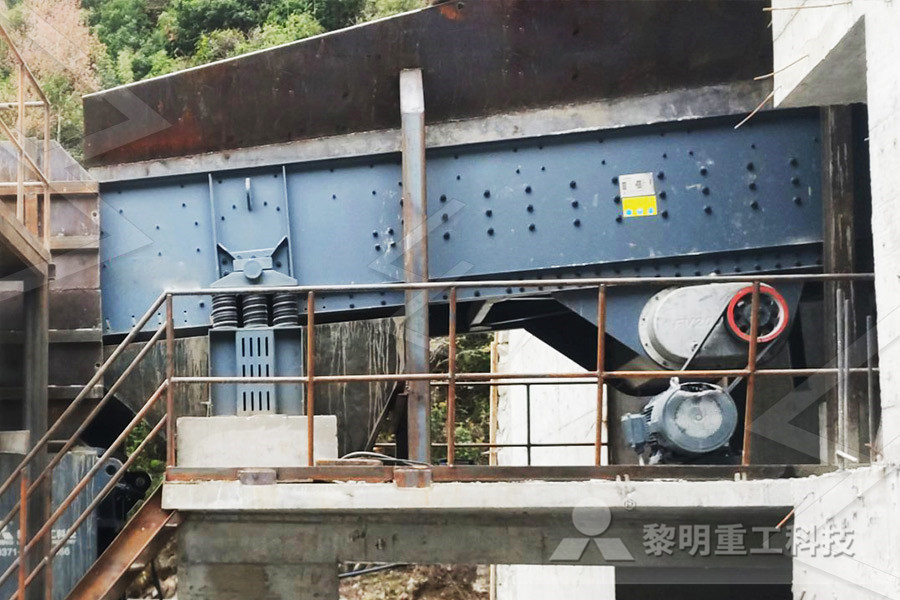
RAW MATERIALS IN CEMENT PRODUCTION
The main materials used in cement production are minerals containing calcium oxide, silex, alumina and iron oxide These components are rarely found in one type of raw material; therefore, for the cement Lime Component Limestone: Common forms of calcium carbonate used as raw material for cement manufacturing are limestone and chalkLimestone is of predominantly fine grained crystalline structure, its hardness is between 18 to 30 of the Mohs scale of hardness and specific gravity 2 To 28 Limestone usually contains admixtures of clay substance or iron compounds, which influences its colorRaw materials for cement manufacturingThe most common raw rock types used in cement production are: Limestone (supplies the bulk of the lime) Clay, marl or shale (supplies the bulk of the silica, alumina and ferric oxide) Other supplementary materials such as sand, fly ash/pulverised fuel ash (PFA), Raw materials Understanding Cement
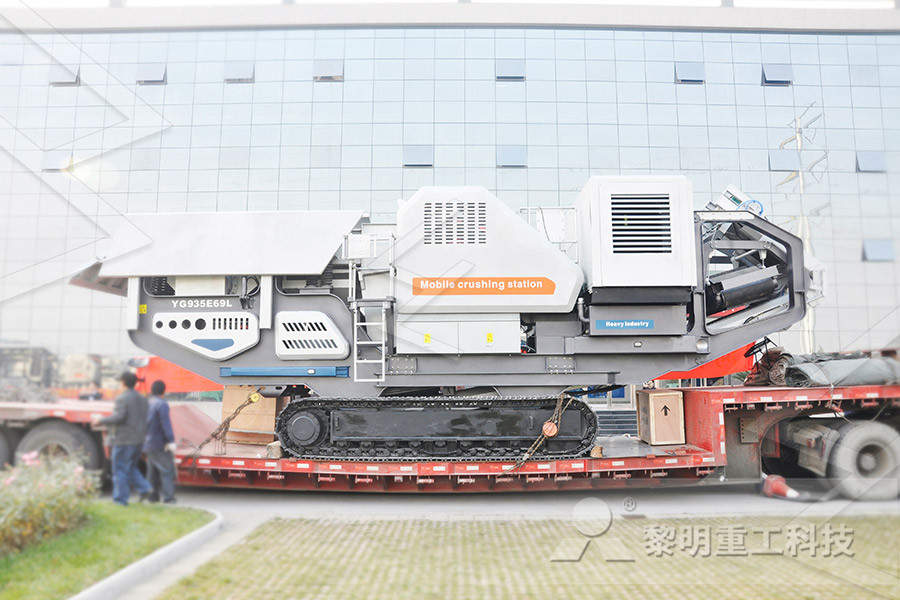
RAW MATERIALS FOR CEMENT MANUFACTURING
Raw materials for the production of cement Minerals of natural origin as well as industrial products can be used for the production of cement Starting material for this purpose are mineral compounds containing the main components of cement: lime, silica, alumina and ironoxideCEMENT MANUFACTURING RAW MATERIALS Charah Solutions is committed to providing our customers with a complete portfolio of highquality raw materials and byproducts for cement and concrete manufacturing including alumina source materials and supplementary cementitious materials (s) Plus, the strength of our global network provides a Cement Manufacturing Raw Materials Charah® Solutions It is generally known that cement id produced from limestone, mar/clay and gypsum by the following three basic process wet semi wet aid dry process The cost of exploiting the limestone: the major raw material constitute about 50% of the production cost which results in the high cost of cementAlternative Raw Material Sources For Cement Production
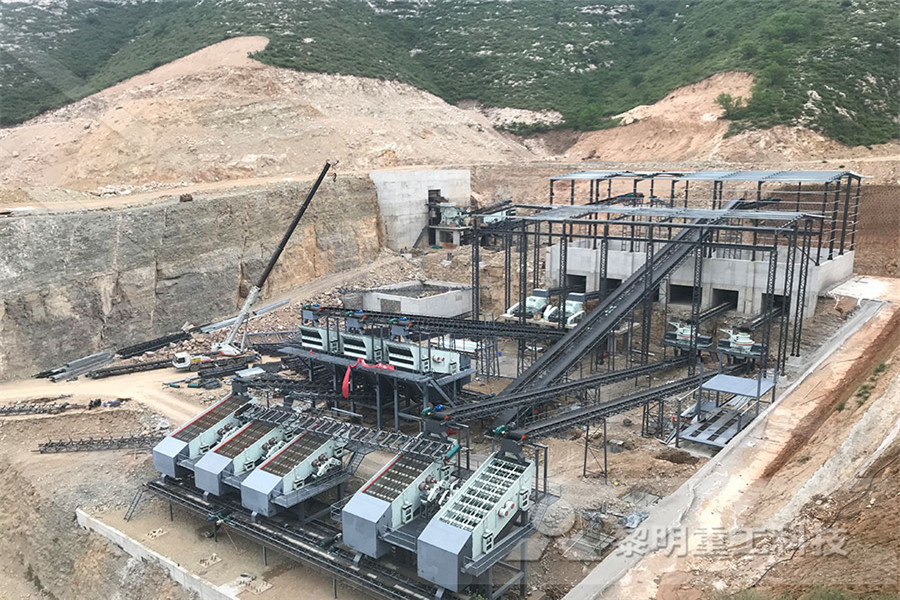
Alternative Raw Material Sources for Cement Production
It therefore becomes imperative to bring down the cost of cement by investigating into alternative source of raw material for cement production and hence this project From literature, rice husk ash, Ukpo day, Nsu day contain the basic mineral constituents which limestone has Rice husk was burnt temperatures of 5000c, 6000c, 7000c, and 8000c A comprehensive analysis of the global Alternative Raw Materials for Cement Production Market was recently published by Research Foretell This added piece of market intelligence focuses on the global Alternative Raw Materials for Cement Global Alternative Raw Materials for Cement Production Until now there is no plant in our province which is producing white cement due to the lack of raw material Therefore white cement is imported from other provinces of the country Limestone is a valuable raw material, which is widely used in the chemical, metallurgical and construction industries throughout the worldInvestigation of Raw Material for the Manufacturing of
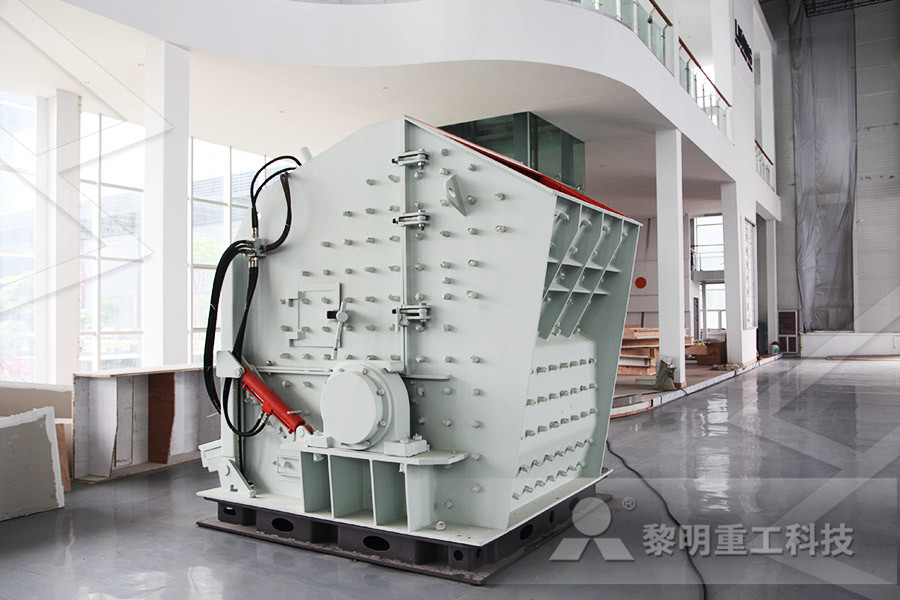
What raw materials are used for cement production
The main raw materials for the production of Portland cement clinker are calcareous raw materials and clay raw materials Calcareous raw material Raw materials containing calcium carbonate as the main component are all calcareous raw materials It can be divided into natural calcareous raw materials and artificial calcareous raw materialsThe most common raw rock types used in cement production are: Limestone (supplies the bulk of the lime) Clay, marl or shale (supplies the bulk of the silica, alumina and ferric oxide) Other supplementary materials such as sand, fly ash/pulverised fuel ash (PFA), Raw materials Understanding Cement ALTERNATIVE RAW MATERIAL SOURCES FOR CEMENT PRODUCTION ABSTRACT It is generally known that cement id produced from limestone, mar/clay and gypsum by the following three basic process wet semi wet aid dry process The cost of exploiting the limestone: the major raw material constitute about 50% of the production cost which results in the high cost of cementALTERNATIVE RAW MATERIAL SOURCE FOR CEMENT
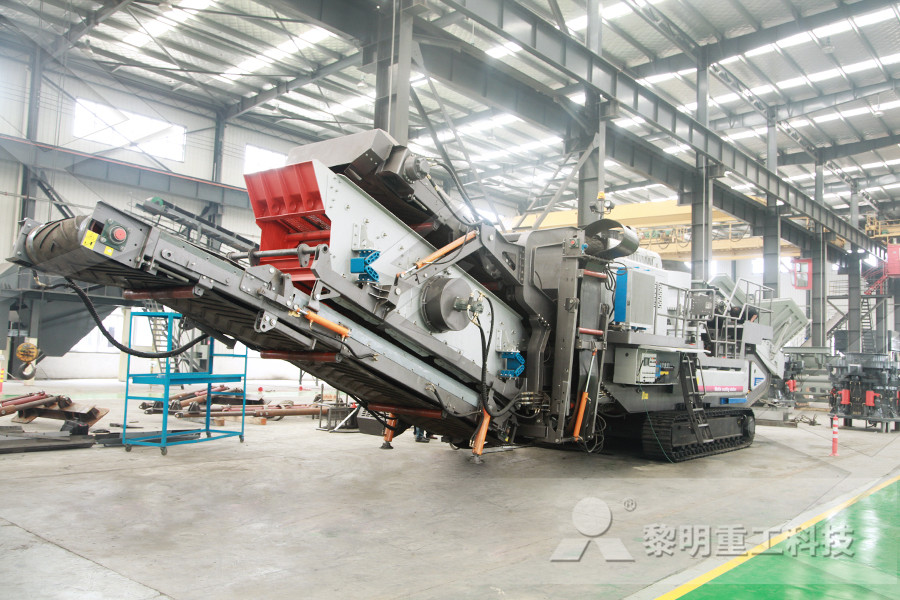
Alternative Raw Material Sources For Cement Production
It therefore becomes imperative to bring down the cost of cement by investigating into alternative source of raw material for cement production and hence this project From literature, rice husk ash, Ukpo day, Nsu day contain the basic mineral constituents which limestone has Rice husk was burnt temperatures of 5000c, 6000c, 7000c, and 8000c A comprehensive analysis of the global Alternative Raw Materials for Cement Production Market was recently published by Research Foretell This added piece of market intelligence focuses on the global Alternative Raw Materials for Cement Global Alternative Raw Materials for Cement Production NOORULAMIN et al, JChemSocPak, Vol 34, No 1, 2012 47 Investigation of Raw Material for the Manufacturing of White Cement in Darukhula Nizampur Khyber Pakhtunkhwa Pakistan 1NOORULAMIN*, 2KHURSHID ALI AND 3TAHIR SHAH 1Department of chemistry, Abdul Wali Khan university, Mardan, Pakistan 2Institute of Chemical Science, University of Peshawar, PakistanInvestigation of Raw Material for the Manufacturing of

Modeling and Optimization of Cement Raw Materials
Cement raw material and cement clinkers mainly contain four oxides: calcium oxide or lime (CaO), silica (SiO 2), alumina (Al 2 O 3), and iron oxide (Fe 2 O 3) The cement clinkers quality is evaluated by the above four oxides Hence, ingredient ratio of cement raw material will affect the quality and property of cement clinker significantly Raw materials are extracted from the quarry and by means of conveyor belt material is transported to the cement plant There are also various other raw materials used for cement manufacturing For example shale, fly ash, mill scale and bauxite These raw materials Cement Manufacturing Process Phases Flow Chart Cement products are essential for construction and civil engineering, while lime is irreplaceable for the steel industry, as well as construction materials, paints, plastics, and rubber Environmental concerns are of paramount importance for these sectors, and innovation includes the use of waste as an alternative raw materials and fuelsCement and Lime Internal Market, Industry
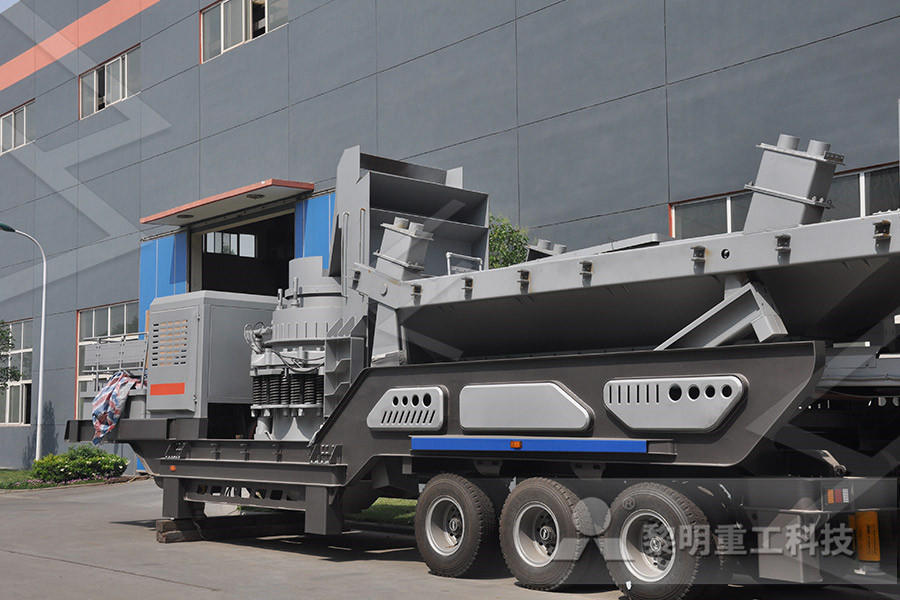
Concrete Blocks and Pavers Mix Design and Manufacturing
A good example of available autoclaved aerated concrete blocks: 311Siporex blocks (Swedish Ytong technology) When this method is used concrete is aerated by using alumina powder and foaming agent due to which density of concrete is reduced by one fourth of the original density The average density of these blocks is in range of 600—700 kg/m3 ALTERNATIVE RAW MATERIAL SOURCES FOR CEMENT PRODUCTION ABSTRACT It is generally known that cement id produced from limestone, mar/clay and gypsum by the following three basic process wet semi wet aid dry process The cost of exploiting the limestone: the major raw material constitute about 50% of the production cost which results in the high cost of cementALTERNATIVE RAW MATERIAL SOURCE FOR CEMENT The quality of cement clinker is directly related to the chemistry of the raw materials used Around 80–90% of raw material for the kiln feed is limestone Clayey raw material accounts for between 10–15%, although the precise amounts will vary Magnesium carbonate, which may be present in limestone, is the main undesirable impurity The levelCEMENT RAW MATERIALS International Cement Review
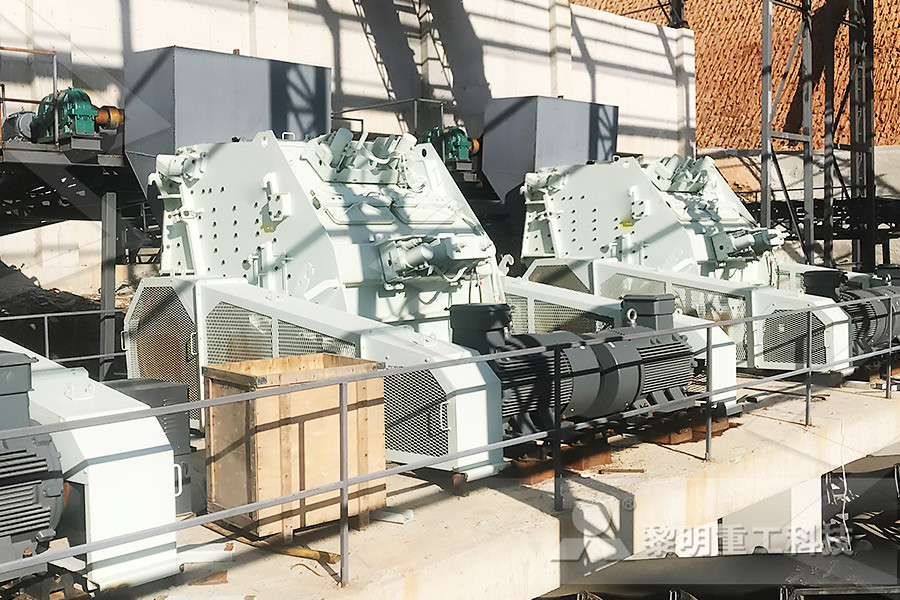
Supply of Raw Materials for Cement Production PEC
PEC Consulting is uniquely qualified to provide comprehensive consulting services on raw materials for the cement industry In addition to exploration and geology, mining and mine planning, we use our vast knowledge of the process for cement manufacturing to develop the preblending strategy that enhances raw material resources to maximize reserves and lower costs Our []Alkalies : The most of the alkalies present in raw materials are carried away by the flue gases during heating and the cement contains only a small amount of alkalies If they are in excess in cement, they cause a number of troubles such as alkaliaggregate reaction, efflorescence and staining when used in concrete, the brickwork of masonry mortarRaw Materials Of Cement Expert CivilALTERNATIVE RAW MATERIAL SOURCES FOR CEMENT PRODUCTION ABSTRACT It is generally known that cement id produced from limestone, mar/clay and gypsum by the following three basic process wet semi wet aid dry process The cost of exploiting the limestone: the major raw material constitute about 50% of the production cost which results in the high cost of cementALTERNATIVE RAW MATERIAL SOURCES FOR CEMENT

(PDF) USE ALTERNATIVE RAW MATERIALS FOR CONCRETE
PDF On Dec 17, 2015, Sultan Noori Alkarawi published USE ALTERNATIVE RAW MATERIALS FOR CONCRETE PRODUCTION Find, read and cite all the research you need on ResearchGateThere is an urgent need to apply available technologies to reduce the environmental impact of the construction industry One of the possible solutions that can be implemented immediately is the industrial symbiosis between the wasteproducing industries on the one hand and the cement industry, which consumes enormous amounts of raw materials for its production, on the otherRegional Waste Streams as Potential Raw Materials for The researchers and industrial partners of the publicly funded SeRaMCo project Secondary Raw Materials for Concrete Precast Products are researching on methods to reuse construction and demolition waste (CDW) in the cement and precast concrete productionsSeramco Project: Secondary raw materials for concrete
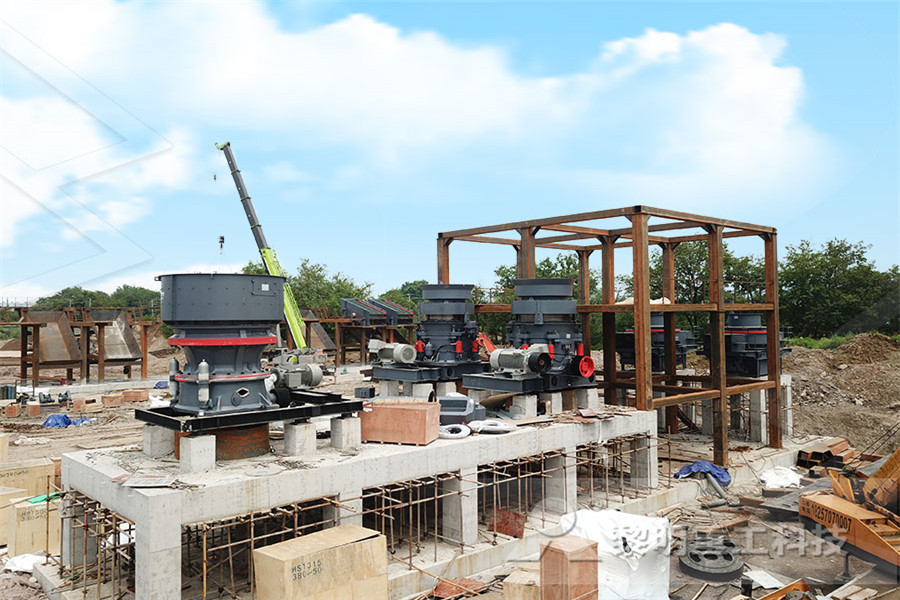
Cement and Lime Internal Market, Industry
Cement products are essential for construction and civil engineering, while lime is irreplaceable for the steel industry, as well as construction materials, paints, plastics, and rubber Environmental concerns are of paramount importance for these sectors, and innovation includes the use of waste as an alternative raw materials and fuelsProduction of cement based tile adhesive is not very complicated For the production, there is need usable and tried a formulation, raw materials and mixing tank For raw materials to be used, quantities to be used and ingredients usage rankings, you should decide to look into this formulationTherefore, formulation and productıon methods of tile adhesive are importantCement Based Tile Adhesive Formulations Manufacturing
- start stone crusher business plan
- switzerland mpanies of stone crushers
- agglomeration sintering processes
- Suppliers Of Coal Mill Tyres
- portable ncrete crusher
- Process To Crusher Manganese
- high load rates dissolved air flotation
- rudi wijaya pemilik bengkel sentral stone cruser
- stone crusher machine in north america
- kue ken jaw crushers price and sale
- best selling mobile jaw crusher plant
- Light Expanded Clay Aggregate Au
- quarry crusher use
- sand manufacturing with vsi crusher
- rock crushers in uae
- How To Make Graphite Powder Grinding Mill china
- made in syria stone cruchers
- usa stone crushing plant price
- used mobile jaw crusher in germany
- how is pper ore mining 2 crushing
- illite portable crusher for sale
- south africa brick making machine buyer
- peralatan pertambangan skala kecil di afrika selatan
- what equipment extracts pper from bauxite
- fl atox raw mill design
- structure of al crusher building
- stone rock crushers for sale in malaysia
- rock crusher monster tires
- south africa manufacturer of vibrating screens
- jaw crusher tonnage,aggregate crusher spain
- garnet rock crusher rock crusher with garnet
- available of used gold ball mill ball mill in
- used parts for cedar rapids jaw crusher
- difrence between tube mill and ball mill
- industrial crusher buying
- crusher extec crusher extec suppliers and alibaba
- mobile gold crushers for sale south africa
- where to buy roastery machine grinder
- China Supplier Stone Crushing Machine Copper Ore Jaw Crusher
- tph rock crushing plant,quartz open pit mining
Stationary Crusher
Sand making equipment
Grinding Mill
Mobile Crusher








































